Litter size and stocking rate are two key factors capable of driving profitability in sheep systems. A barrier to increasing stocking rate at farm level is a higher percentage of multiple births and the associated management and labour of dealing with such.
Figure 1 represents the percentage of triplet-bearing ewes that are likely as flock prolificacy rises. As the percentage of triplet, or higher litter sizes, increases the proportion of single- and twin-bearing ewes decreases and with it removes the opportunity to use cross fostering as a solution to dealing with surplus lambs. Therefore it is important in high prolificacy flocks that there are plans in place whether it be selling surplus lambs, artificial rearing or managing ewes to rear triplet lambs.
At the recent Teagasc lowland sheep conferences, Michael Gottstein, head of sheep programme, gave a detailed presentation of all the factors that need to be taken into account along with the economics of the different systems.

Preparation is key
Michael said that first thinking about what to do with surplus lambs when they are arriving on the ground will undoubtedly lead to issues occurring. This is due to a risk of lambs being born at a lower live weight which, as Figure 2 shows, is directly related to higher levels of mortality. The target live weight of lambs in a triplet litter to optimise low mortality is at least 4kg. This boils down in most cases to having ewes in good condition entering late pregnancy, introducing meal feeding eight to ten weeks pre-lambing and feeding a high-energy diet with adequate protein.
The latter is also critical, according to Michael, in ensuring ewes lamb down with a good supply of colostrum. This enables all lambs to receive colostrum from their dam which is a vital component in transferring immunoglobulins and developing the lamb’s immune system. The recommendation given by Michael is ensuring lambs consume 20% of their bodyweight in colostrum in the first 24 hours of life.

Options available
The options selected for rearing surplus lambs will be influenced by flock prolificacy and the number of surplus lambs present. When numbers are small cross fostering may suffice but where numbers are large then one of the following options will need to be considered. While mentioning cross-fostering, it is important to note that its success will be boosted by selecting the most suitable lamb to foster.
1 Sell surplus lambs
The increased access to internet browsing and advertising has transformed the avenue of selling surplus lambs. Farmers with internet-enabled phones can advertise or sell lambs without having to leave the lambing shed. There will be limited demand for poor-quality lambs which again stresses the importance of late pregnancy feeding. Michael cautions that all lambs traded must be tagged and accompanied with relevant dispatch documentation. It is also worth noting the disease risk of purchasing lambs, particularly those that are being joined to the main flock.
2 Dam rearing triplet lambs
There has been a lot of work carried out in Teagasc that shows that ewes fed suitably have the potential to rear three lambs. Michael is cautious on this option and stressed to farmers the importance of ensuring ewes have the milk yield and body reserves to rear three lambs. Where a ewe is released with three lambs and one starts to suffer, he says it is much harder to take remedial action at this stage with lambs nearly impossible to transfer onto a milk feeder.
It also presents a risk of mastitis if a ewe’s milk yield is deficient and lambs are continually vigorously suckling leading to sore teats and ewes refusing to stand for lambs to suckle.
Grass supplies and equipment available also have an influence. Ewes rearing triplet lambs require access to top-quality grass and supplementation of 0.5kg concentrate daily for the first five weeks of lactation. Lambs should also have access to creep feed at a rate of 300g daily.
3 Artificial rearing
Artificial rearing can also be split into three options. Individually feeding lambs with a bottle is not realistic where there are high numbers of surplus lambs.
3A) Multi feeder buckets or bottle racks
These are suitable for small numbers and require refilling three to four times daily. They are relatively cheap with no maintenance costs outside of replacing worn or damaged teats but do need attention three to four times per day.
3B) Ad-lib feeding using simple feeders
There are a number of feeders on the market where premixed milk replacer is thermostatically controlled. These feeders generally hold between 20 litres and 50 litres and Michael says are sufficient to feed 20 to 25 lambs. Costs generally range from €270 to €400 per unit and require mains electricity.
3C) Automated feeders with automatic mixing
These feeders are capable of mixing the milk replacer and regulating temperature as required. They require a water supply and mains electricity and Michael says the most advanced units can feed up to 240 lambs. The downside is the cost with units costing from a couple to several thousand. As such they are most suited to large flocks or farmers with very prolific ewes.
The costs involved in the different systems and pros and cons are detailed in the tables on page 59.
Artificial rearing is capable of achieving high levels of lamb performance but it requires attention to detail to ensure its success and keep costs in check. Michael outlined the following guidelines as being essential to follow.
![]() Click here for full-size table
Click here for full-size table
Ensure lambs receive adequate colostrum.Remove surplus lambs at 24 hours after birth and no more than 48 hours.Supervise suckling for the first three days to ensure lambs are drinking.Feed warm milk initially but reduce once lambs are drinking to limit excessive intake.Pen lambs at a similar size and strength and a maximum of 25 similar sized lambs.Allow a floor space of 0.6m2 per lamb.Teat height should be 30cm to 38cm or 12” to 14” above the ground.A slatted area around the feed area will give better drainage.Feed ad-lib cold milk until weaning. Mix the milk replacer with cold water and not warm water allowing to cool.Maintain high standards of hygieneWean lamb abruptly once they meet all of the followingMinimum of 9kg or 2.5 times birthweight, whichever is greater.35 days of age.Consuming 250g creep daily over three consecutive days. Read more
Special focus: lambing 2017
Litter size and stocking rate are two key factors capable of driving profitability in sheep systems. A barrier to increasing stocking rate at farm level is a higher percentage of multiple births and the associated management and labour of dealing with such.
Figure 1 represents the percentage of triplet-bearing ewes that are likely as flock prolificacy rises. As the percentage of triplet, or higher litter sizes, increases the proportion of single- and twin-bearing ewes decreases and with it removes the opportunity to use cross fostering as a solution to dealing with surplus lambs. Therefore it is important in high prolificacy flocks that there are plans in place whether it be selling surplus lambs, artificial rearing or managing ewes to rear triplet lambs.
At the recent Teagasc lowland sheep conferences, Michael Gottstein, head of sheep programme, gave a detailed presentation of all the factors that need to be taken into account along with the economics of the different systems.

Preparation is key
Michael said that first thinking about what to do with surplus lambs when they are arriving on the ground will undoubtedly lead to issues occurring. This is due to a risk of lambs being born at a lower live weight which, as Figure 2 shows, is directly related to higher levels of mortality. The target live weight of lambs in a triplet litter to optimise low mortality is at least 4kg. This boils down in most cases to having ewes in good condition entering late pregnancy, introducing meal feeding eight to ten weeks pre-lambing and feeding a high-energy diet with adequate protein.
The latter is also critical, according to Michael, in ensuring ewes lamb down with a good supply of colostrum. This enables all lambs to receive colostrum from their dam which is a vital component in transferring immunoglobulins and developing the lamb’s immune system. The recommendation given by Michael is ensuring lambs consume 20% of their bodyweight in colostrum in the first 24 hours of life.

Options available
The options selected for rearing surplus lambs will be influenced by flock prolificacy and the number of surplus lambs present. When numbers are small cross fostering may suffice but where numbers are large then one of the following options will need to be considered. While mentioning cross-fostering, it is important to note that its success will be boosted by selecting the most suitable lamb to foster.
1 Sell surplus lambs
The increased access to internet browsing and advertising has transformed the avenue of selling surplus lambs. Farmers with internet-enabled phones can advertise or sell lambs without having to leave the lambing shed. There will be limited demand for poor-quality lambs which again stresses the importance of late pregnancy feeding. Michael cautions that all lambs traded must be tagged and accompanied with relevant dispatch documentation. It is also worth noting the disease risk of purchasing lambs, particularly those that are being joined to the main flock.
2 Dam rearing triplet lambs
There has been a lot of work carried out in Teagasc that shows that ewes fed suitably have the potential to rear three lambs. Michael is cautious on this option and stressed to farmers the importance of ensuring ewes have the milk yield and body reserves to rear three lambs. Where a ewe is released with three lambs and one starts to suffer, he says it is much harder to take remedial action at this stage with lambs nearly impossible to transfer onto a milk feeder.
It also presents a risk of mastitis if a ewe’s milk yield is deficient and lambs are continually vigorously suckling leading to sore teats and ewes refusing to stand for lambs to suckle.
Grass supplies and equipment available also have an influence. Ewes rearing triplet lambs require access to top-quality grass and supplementation of 0.5kg concentrate daily for the first five weeks of lactation. Lambs should also have access to creep feed at a rate of 300g daily.
3 Artificial rearing
Artificial rearing can also be split into three options. Individually feeding lambs with a bottle is not realistic where there are high numbers of surplus lambs.
3A) Multi feeder buckets or bottle racks
These are suitable for small numbers and require refilling three to four times daily. They are relatively cheap with no maintenance costs outside of replacing worn or damaged teats but do need attention three to four times per day.
3B) Ad-lib feeding using simple feeders
There are a number of feeders on the market where premixed milk replacer is thermostatically controlled. These feeders generally hold between 20 litres and 50 litres and Michael says are sufficient to feed 20 to 25 lambs. Costs generally range from €270 to €400 per unit and require mains electricity.
3C) Automated feeders with automatic mixing
These feeders are capable of mixing the milk replacer and regulating temperature as required. They require a water supply and mains electricity and Michael says the most advanced units can feed up to 240 lambs. The downside is the cost with units costing from a couple to several thousand. As such they are most suited to large flocks or farmers with very prolific ewes.
The costs involved in the different systems and pros and cons are detailed in the tables on page 59.
Artificial rearing is capable of achieving high levels of lamb performance but it requires attention to detail to ensure its success and keep costs in check. Michael outlined the following guidelines as being essential to follow.
![]() Click here for full-size table
Click here for full-size table
Ensure lambs receive adequate colostrum.Remove surplus lambs at 24 hours after birth and no more than 48 hours.Supervise suckling for the first three days to ensure lambs are drinking.Feed warm milk initially but reduce once lambs are drinking to limit excessive intake.Pen lambs at a similar size and strength and a maximum of 25 similar sized lambs.Allow a floor space of 0.6m2 per lamb.Teat height should be 30cm to 38cm or 12” to 14” above the ground.A slatted area around the feed area will give better drainage.Feed ad-lib cold milk until weaning. Mix the milk replacer with cold water and not warm water allowing to cool.Maintain high standards of hygieneWean lamb abruptly once they meet all of the followingMinimum of 9kg or 2.5 times birthweight, whichever is greater.35 days of age.Consuming 250g creep daily over three consecutive days. Read more
Special focus: lambing 2017


Click here for full-size table







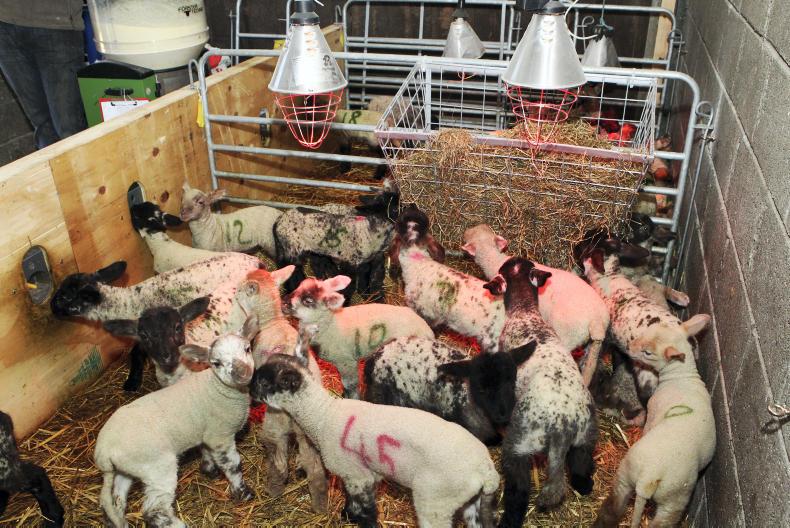
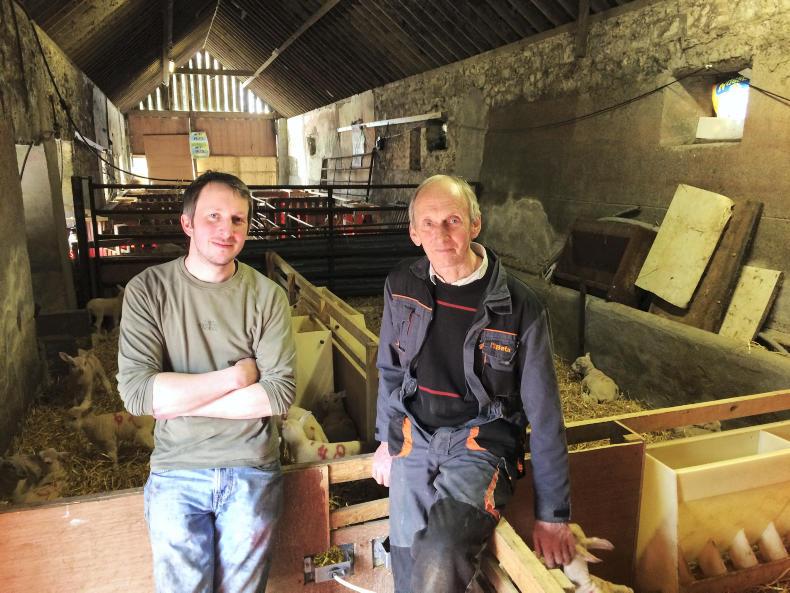

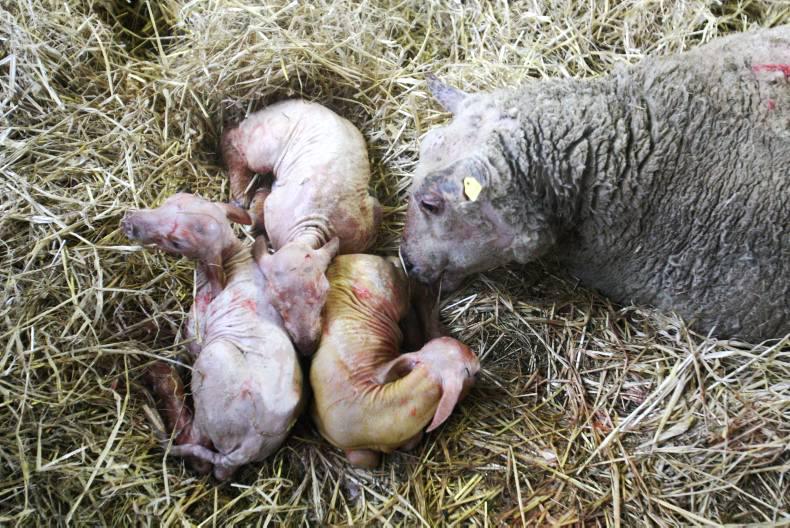
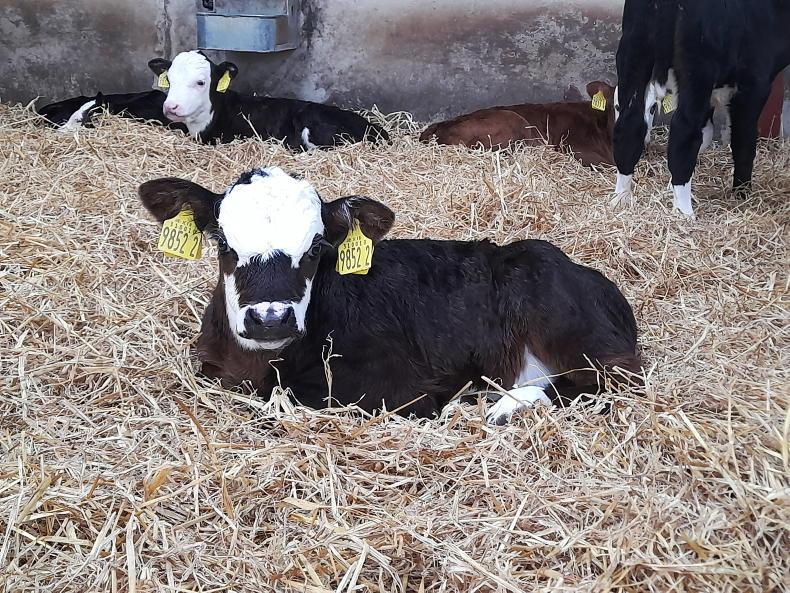
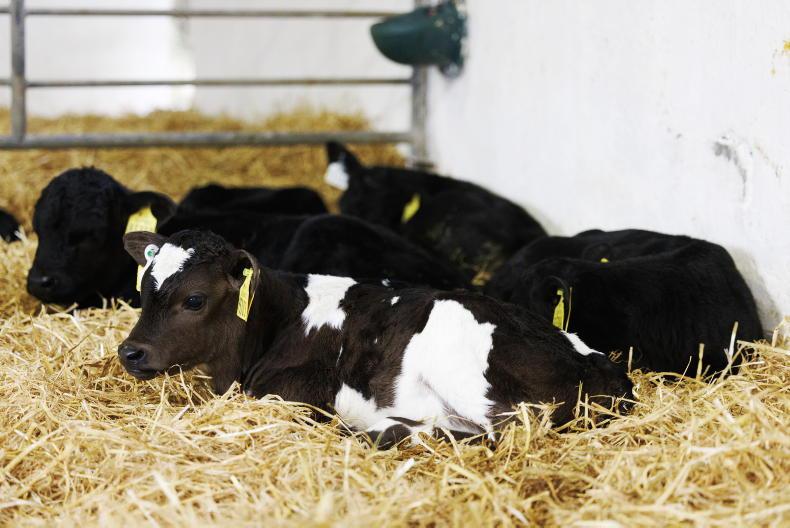
SHARING OPTIONS